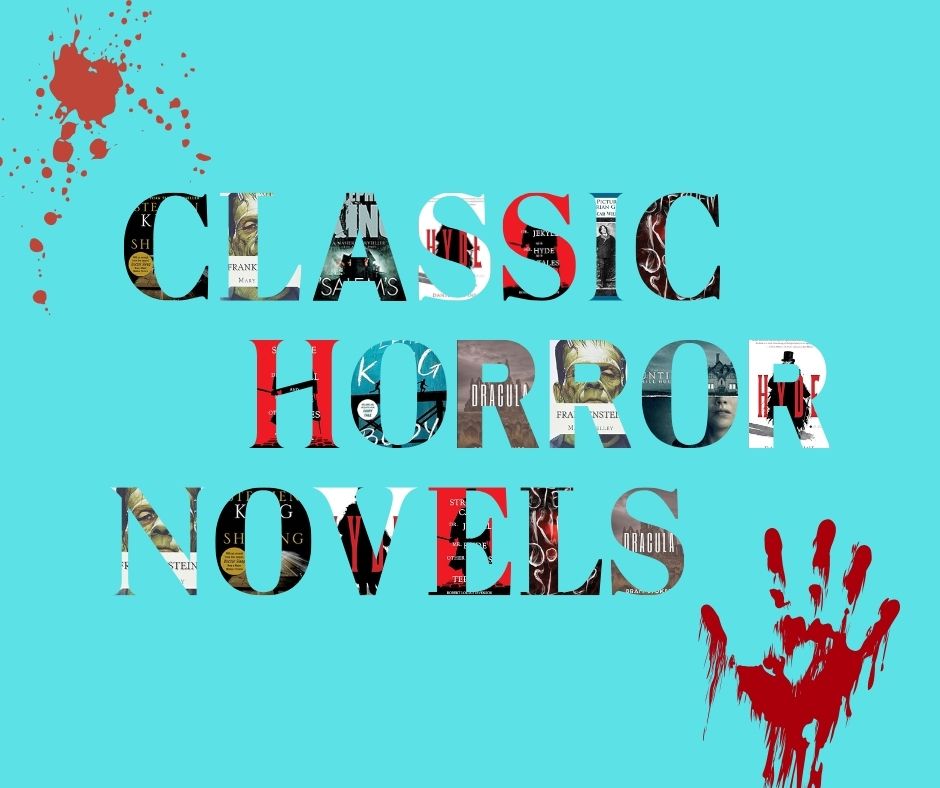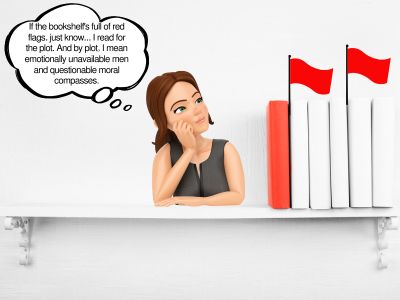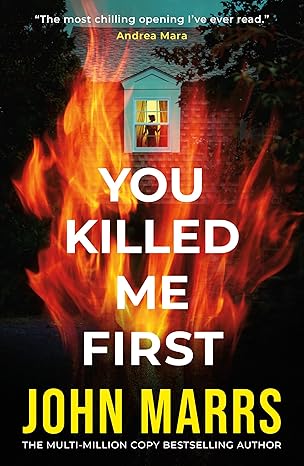Bold Reinterpretations of Classic Horror Novels: A Modern Twist on Timeless Terrors
Classic horror novels are the backbone of the genre, offering timeless frights and monstrous figures that have haunted readers for generations. But as society evolves, so do our fears, and with that, the need to reinterpret these classics grows stronger. Bold reinterpretations of classic horror aren’t simply about updating the language or setting — they require a transformation that reflects the anxieties of contemporary society while maintaining the essence of what made the originals so terrifying.
Let’s look at some of the most striking modern reinterpretations of classic horror novels that challenge readers to confront old terrors with fresh eyes.
1. Frankenstein by Mary Shelley: A Study in Artificial Intelligence

Mary Shelley’s Frankenstein is the quintessential novel about the dangers of unchecked ambition and the pursuit of forbidden knowledge. However, as we stand on the brink of a new technological revolution, modern retellings of Frankenstein have shifted their focus to artificial intelligence (AI) and genetic manipulation.
In contemporary takes like Jeanette Winterson’s Frankissstein, Shelley’s themes of creation and destruction are reexamined through the lens of robotics and AI. This modern retelling explores how humans might grapple with self-aware machines, raising questions about autonomy, personhood, and the consequences of creating life in a digital age. The horror no longer stems from reanimated flesh, but from the terrifying potential of machines gaining consciousness and rebelling against their creators. In this context, Frankenstein becomes a narrative about the dangers of technological hubris, making it more relevant than ever.
2. Dracula by Bram Stoker: A Tale of Surveillance and Digital Vampires

Bram Stoker’s Dracula may be set in the fog-drenched streets of 19th-century London, but its themes of invasion, fear of the foreign, and the control of bodies resonate today. Modern adaptations have transformed Dracula into a metaphor for surveillance culture and digital parasitism.
Take Dracul by Dacre Stoker and J.D. Barker, which reimagines the vampire mythos by diving deeper into Dracula’s origins while blending it with contemporary fears. Others like The Southern Book Club’s Guide to Slaying Vampires by Grady Hendrix swap the castle for suburban America, using the vampire as a metaphor for power structures that quietly feed off and control marginalized communities.
Moreover, the rise of digital vampires — data mining, identity theft, and online manipulation — positions Dracula as not just a physical threat, but an abstract one that feeds on personal information, hacking privacy in ways more insidious than ever imagined. In these modern takes, the horror is no longer confined to Transylvania; it’s in the algorithms watching your every move.
3. The Strange Case of Dr. Jekyll and Mr. Hyde by Robert Louis Stevenson: Mental Health and Duality in the Digital Age
Robert Louis Stevenson’s The Strange Case of Dr. Jekyll and Mr. Hyde has long been a story about the duality of human nature. The tale of Dr. Jekyll’s transformation into the monstrous Mr. Hyde reflects the eternal struggle between good and evil within every individual. But in an age of digital anonymity, the concept of split identities has taken on new forms.
In modern reinterpretations like Hyde by Daniel Levine, Jekyll and Hyde’s duality becomes a broader commentary on mental health and the fragmented self in an increasingly digital world. Today, it’s not just about one man’s internal struggle — it’s about how technology allows us to create multiple personas. Hyde is no longer just an alter-ego; he’s the anonymous avatar on social media, the online troll who lashes out behind a keyboard, or the shadowy figure who inhabits dark corners of the internet.
Modern adaptations tap into the anxiety surrounding online identity, exploring how easy it is for individuals to live dual lives — polished and perfect in one space, destructive and toxic in another.
More Classic Horror Novels Below



4. The Picture of Dorian Gray by Oscar Wilde: Vanity, Celebrity and the Social Media Age
Oscar Wilde’s The Picture of Dorian Gray speaks to the human desire for eternal youth and beauty, a theme that resonates even more profoundly in our image-obsessed culture. Wilde’s story of a man who remains outwardly youthful while his portrait decays with each immoral act feels eerily prophetic in a world where social media influencers craft curated versions of themselves while their real lives unravel in private.
Modern retellings often focus on celebrity culture, beauty standards, and the pressures to maintain an unblemished online persona. In works like Dorian by Will Self, the timeless portrait is replaced by digital representations, questioning how far we’re willing to go to preserve our online personas at the cost of our real lives. Here, the horror is not just in Dorian’s pact for eternal beauty, but in the lengths modern society will go to achieve that same perfection through filters, cosmetic surgery, and the erasure of imperfections.
In these retellings, Dorian’s downfall feels more urgent, reminding readers that vanity, when amplified by technology, can have catastrophic consequences on mental health and human connection.
And last but not least, classic horror novel number 5…
The Haunting of Hill House by Shirley Jackson: Haunted Spaces and Psychological Trauma
Shirley Jackson’s The Haunting of Hill House is a masterpiece of psychological horror, exploring how personal trauma can manifest as supernatural events. As mental health and trauma become more visible in public discourse, retellings of haunted house stories have taken on new dimensions.
Mike Flanagan’s The Haunting of Hill House series on Netflix reinterprets Jackson’s work by focusing on the psychological traumas of each family member, connecting the hauntings to personal grief, guilt, and loss. The house becomes a living embodiment of trauma, feeding off the emotional wounds of its inhabitants.
In modern versions of this classic, the haunted house is not just a physical space but a metaphor for the inescapable nature of trauma — a horror that follows you no matter where you go. This makes the story resonate even more deeply with contemporary audiences who are increasingly aware of the lingering impact of mental illness and emotional scars.
Conclusion: Revitalizing Classic Horror Novels for a New Audience
Reinterpreting classic horror novels requires more than just transplanting them into modern settings. These bold adaptations tap into the deep psychological and societal fears of today’s world, transforming timeless tales of terror into mirrors reflecting contemporary anxieties. Whether it’s AI, social media, surveillance, or mental health, modern retellings breathe new life into classic horrors, proving that while the monsters may change, the fear remains as potent as ever.
For fans of classic horror and those new to the genre, these reinterpretations offer a fresh, yet familiar, experience — an opportunity to see old monsters in a new light, reminding us that no matter the century, fear is an emotion that transcends time.
If you still need to get your copy of any of these great titles, you can get them here on Amazon. Or get one for free when you sign up for a free trial from Audible.
Until next time you spooky babes, keep it brash, keep it bookish and keep it true to you!













